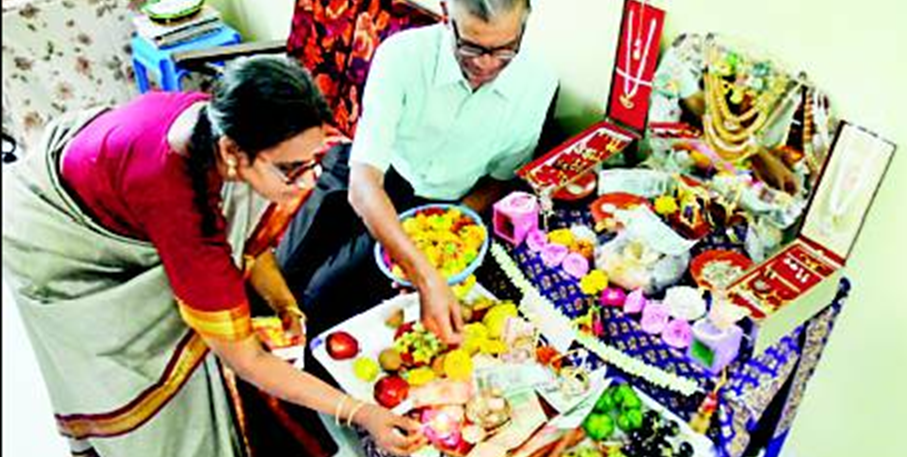New Years: India's own
This is a collection of articles archived for the excellence of their content. Readers will be able to edit existing articles and post new articles directly |
Contents |
New Year spirit in different hues
New Delhi: It’s the time when we get to see the multi-cultural face of the capital. As different parts of the country get set to welcome the new year, community celebrations in the city have begun with much fervour. While April 14 will mark the biggest harvest festival — Baisakhi — celebrated in Punjab and north India, April 15 will see festive spirits in the city soar with Bengal’s Poila Baisakh, Kerala’s Vishu, and Assam’s Bihu.
Baisakhi
While in rural Punjab, the day is marked by ritualistic bathing in sacred rivers, Punjabis in the city usually start their day with a visit to the gurdwara or temple.
‘‘We exchange gifts with family members and go to the gurdwara, where we receive specially prepared Karha prasad. It is followed by a gettogether at home and there is a lot of music and dance,’’ said Sarabjeet Walia, who lives in Punjabi Bagh.
In rural Punjab, cries of ‘‘jatta aai Baisakhi’’ rent the skies as men and women break into bhangra and gidda, expressing joy. Baisakhi is the time to harvest the rabi crop and farmers thank god and pray for good times ahead.
Vishu
The most important part of Vishu is the Vishukkani — the first to be seen on the day. Savitri Swaminathan, who lives in Mayur Vihar, has already made preparations for the kani.
‘‘It is a ritual arrangement of auspicious articles like raw rice, fresh linen, golden cucumber, betel leaves, arecanut, metal mirror, the yellow flowers, and coins in the puja room. The arrangement is completed the previous night. I will wake up at dawn on the new year day and go with eyes closed to see the Vishukkani. After that I will lead my family also to the puja room. It brings good luck,’’ she says. And for lunch, it’s a lavish spread of Sadya on banana leaf that includes payasam, papadam, rasam, and pickle.
Bihu
The Assamese new year is a time of merriment and feasting that continue for a month. Anamika Das Bora, who lives in north Delhi, says she misses being with family on Bihu.
‘‘Back home, farmers prepare the fields for cultivation of paddy. The cows are washed and worshipped on the last day of the previous year. On the new year day people wear new clothes and village elders move from one house to another singing carols called husoris. Here, I will prepare traditional food items like pitha, larus (from rice and coconut) and Jolpan and do a small puja with my husband,’’ she says.
Poila Boisakh
This day Bengalis wear new clothes and go about socialising. ‘‘We offer prayer for the well-being and prosperity of the family at the temple. In the evening, a cultural programme is organized at the Kali Bari where children as well as elders perform nataks, dance and Rabindra sangeet,” says Rita Ghosh, who lives in Noida, adding that the day is auspicious for starting new ventures.
“We prepare authentic Bengali delicacies like payas, fish, and prawns on Poila Boisakh,’’ she said.
toireporter@timesgroup.com
FESTIVE SPIRIT: While April 14 will mark the biggest harvest festival, Baisakhi, celebrated in Punjab and north India, Assamese will observe Bihu and Bengalis Poila Boishak on April 15
RITUALS AND SUMPTUOUS MEALS: Malayalees will celebrate Vishu on April 15 by praying to god and then following it up with a lavish spread for lunch.


